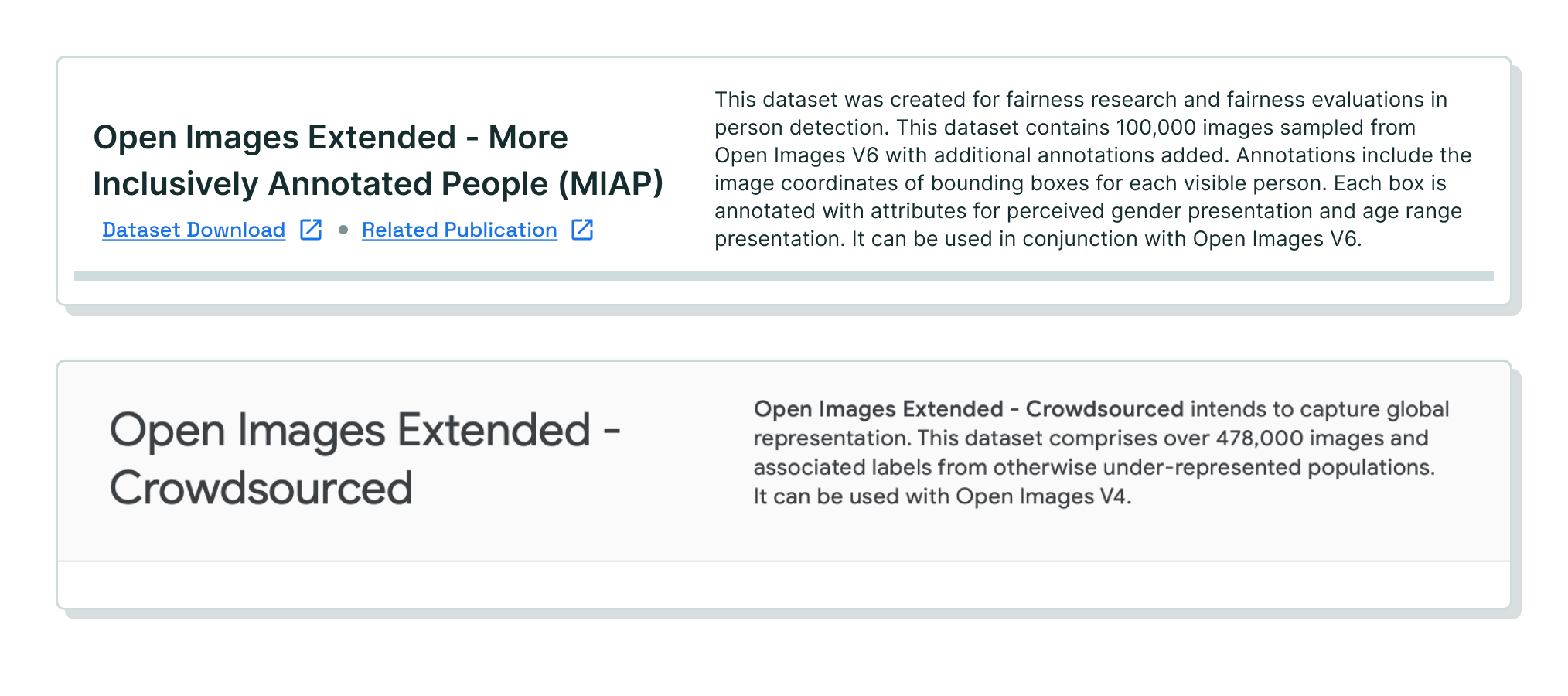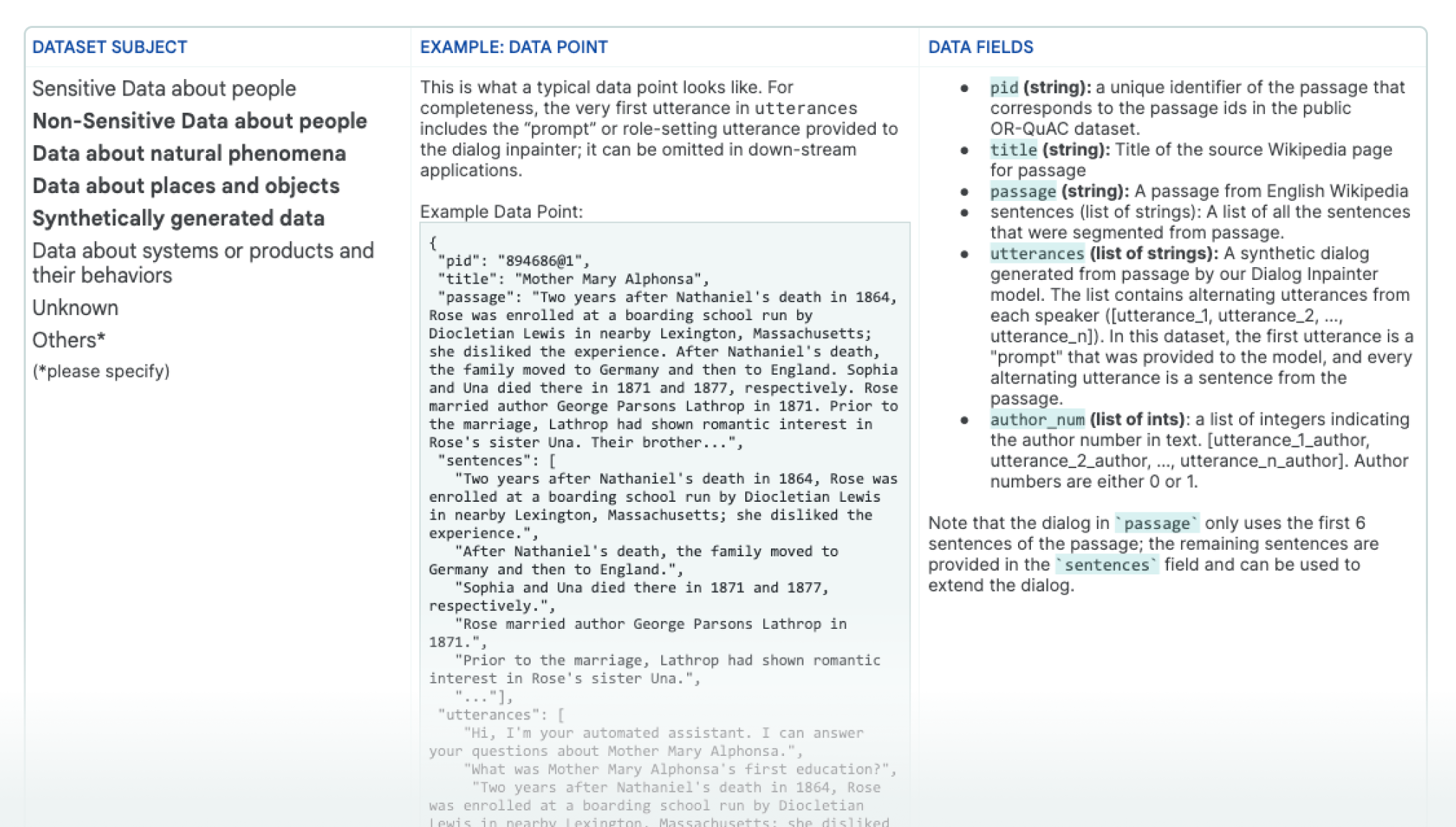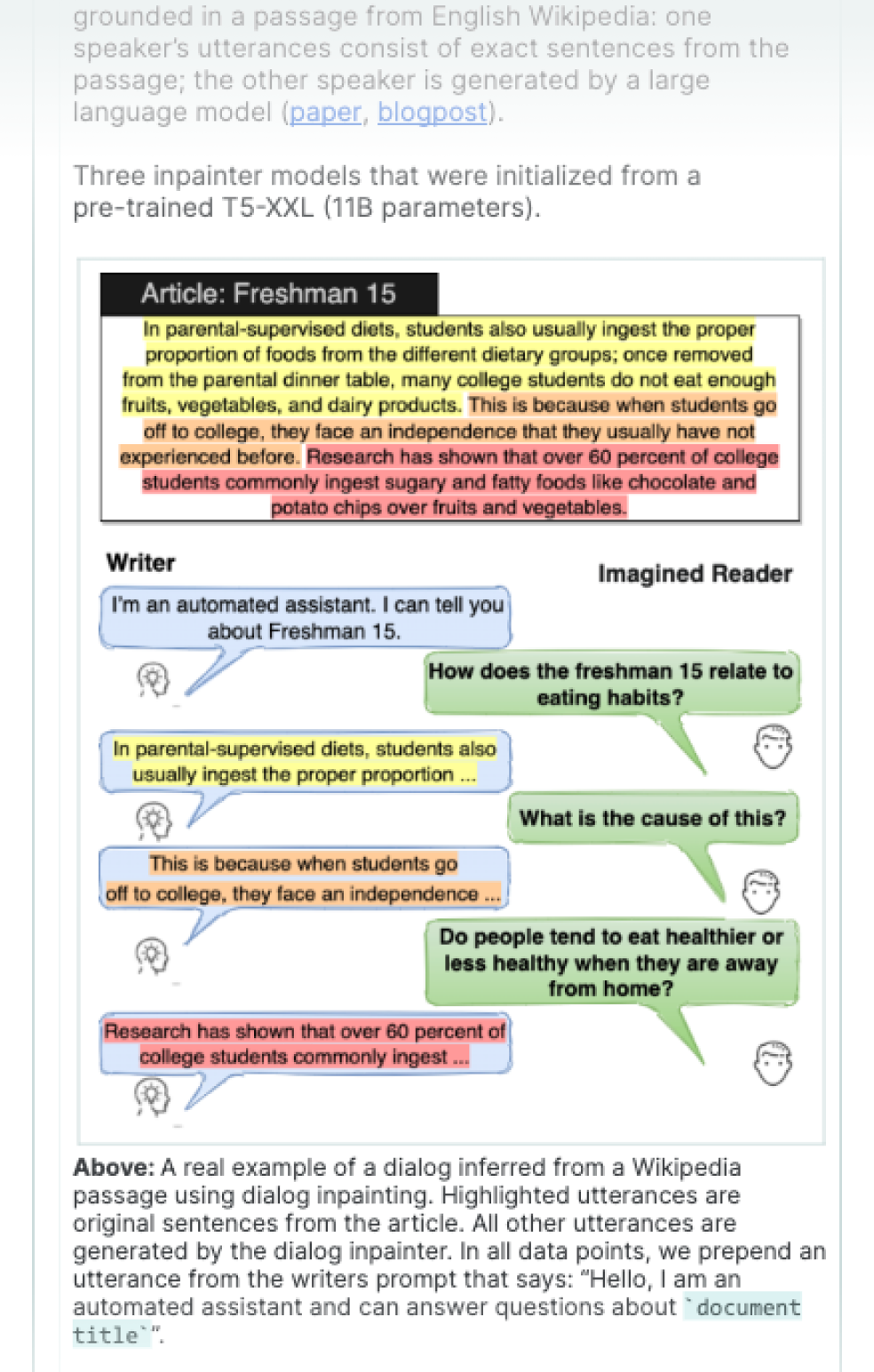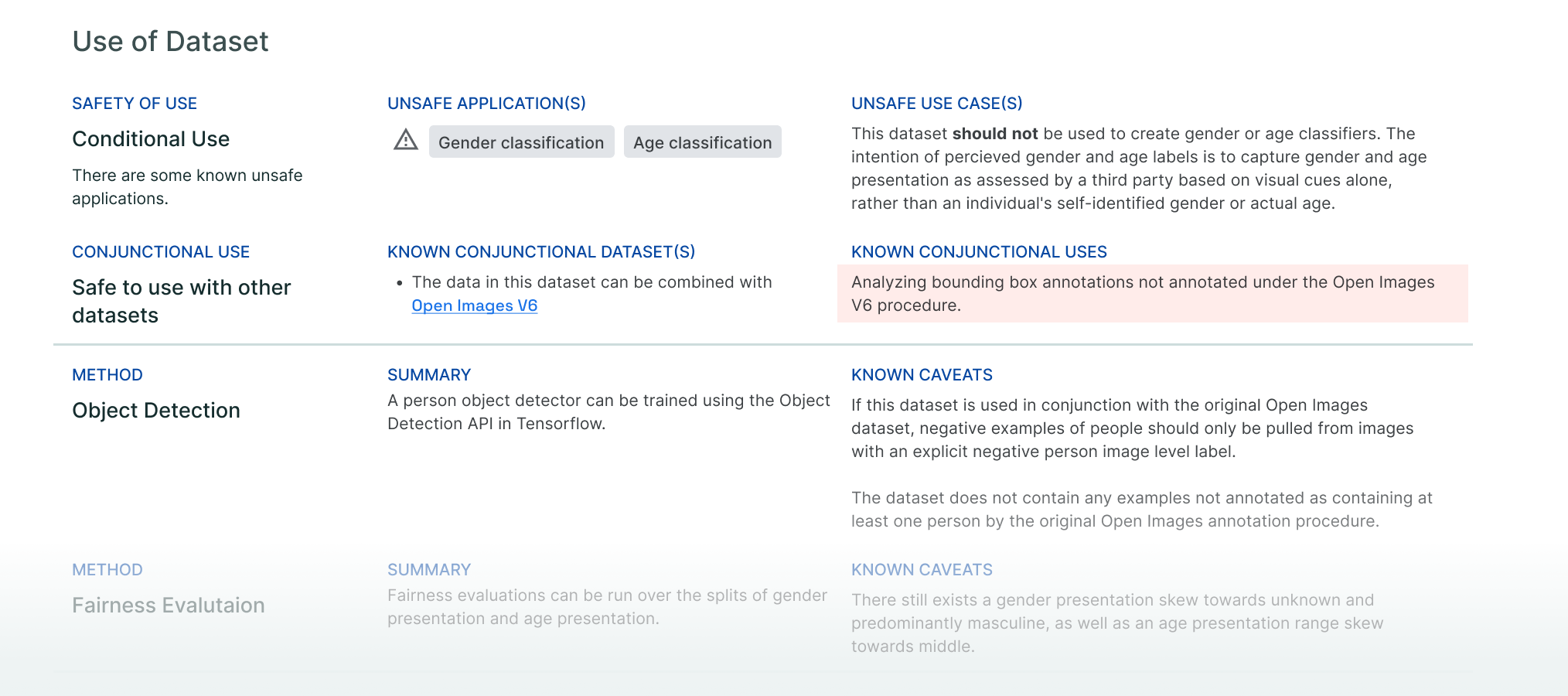For content to be useful, both the question asked and the answer provided need to be relevant.
Sometimes, a question may be clearly relevant to your dataset, but the fidelity and framing of the answer can easily make it irrelevant to the reader. For a question to be relevant to a dataset, it must be applicable across the data lifecycle, to different parts of the dataset (data points, subsets, or derivatives), and important for the readers you have in mind. The same criteria apply to answers. In addition, the level of detail provided in an answer affects its relevance and importance.
Ask, "How do readers experience dataset complexity in content?"
While every reader benefits from clarity and simplicity, too much simplicity can introduce vagueness. Inversely, too much information can become overbearing. Consider your readers’ expertise, proficiency, and tasks to determine when and how to add complexity when answering questions.



Don't disregard a question in the Data Card that appears irrelevant too quickly.
Sometimes questions that are hard to answer can appear irrelevant. These present magic moments to proactively anticipate new ways in which your dataset might be used, second- and third-order outcomes of dataset usage, and institute mitigative measures where necessary.
Pay special attention to near-relevance, and consider what changes to context can make these relevant. For example, could a new use case or the addition of new features to the dataset change the relevance of certain Data Card questions?
